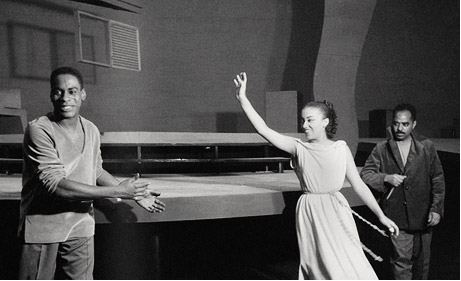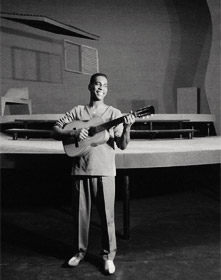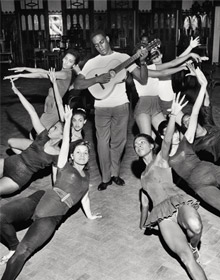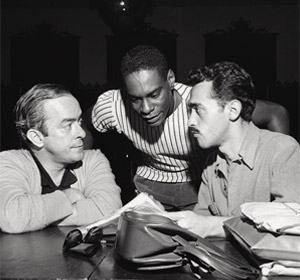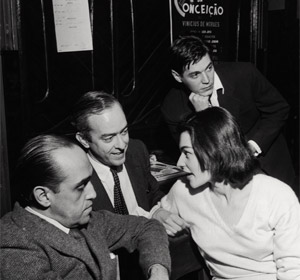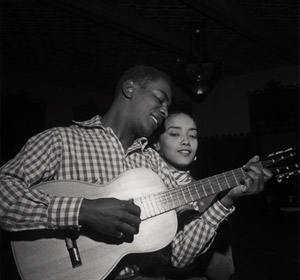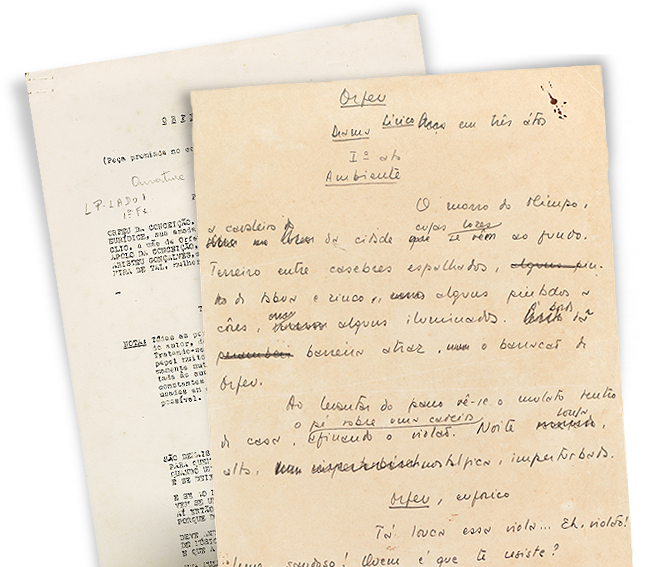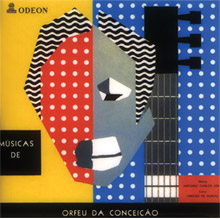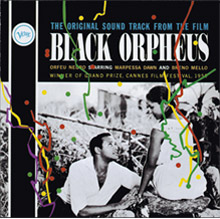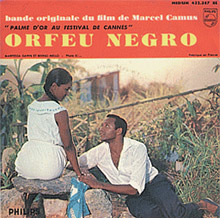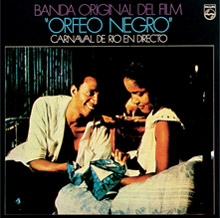"All characters of tragedy should normally be represented by black race actors, Just in case it is impossible, it can be, occasionally, staged with white actors."
Orpheus at the theater
Since 1942, the idea of transposing the Greek myth of Orpheus to a slum in Rio intrigued Vinicius de Moraes. It was during this year that the American poet Waldo Frank visited Brazil and Vinicius was responsible to escort him around the country.
His forays into the world of the slums, yards of Candomblé, the Mangrove area and the samba schools of the city, plunged the poet in an African-Brazilian reality that he had not lived since. There, according to him, it began his approach among black residents of the slums in Rio and the heroic and tragic Greeks of the mythical times.
That same year, Vinicius was spending a few days at the home of his close friend Carlos Leon, located in Niteroi, at Morro Cavalão. It was there, reading a book on Greek mythology while hearing, in the distance, the sound of drumming coming from a nearby slum, that the poet glimpsed the myth among samba schools. At that moment, his carioca tragedy got the first act.
On September 25th, 1956, the play finally has its première at the Municipal Theater of Rio de Janeiro. Between comings and goings to Paris, Vinicius gets to muster for his stage setting great names of the Brazilian culture of that time: Oscar Niemeyer built the scenarios, Carlos Scliar and Djanira made the posters, the Teatro Experimental do Negro of Abdias Nascimento provided actors for the cast, as Abdias himself, besides Haroldo Costa, Ademar Pereira da Silva, Ruth de Souza among others. It was the first time in the history of the Municipal Theater that black actors stepped on its stage.
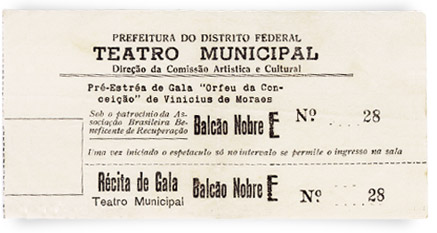
On September 25th,1956, the play finally had its première at the Municipal Theather of Rio de Janeiro. Between comings and goings of Paris, Vinicius gets to gather for his stage production some of the greatest artists of the Brazilian culture of that time: Stage setting by Oscar Niemeyer, posters by Carlos Scliar and Djanira, the Teatro Experimental do Negro de Abdias Nascimento provided the actors to cast, such as Abdias himself, and also Haroldo Costa, Ademar Pereira da Silva, Ruth de Souza, among others. It was the first time in the history of the Municipal Theater, that black actors stepped on its stage.
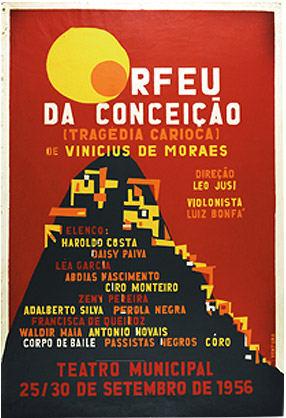
Orfeu by Ventura
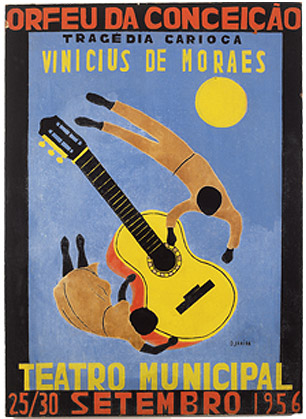
Orfeu by Djanira

Orfeu by Scliar
